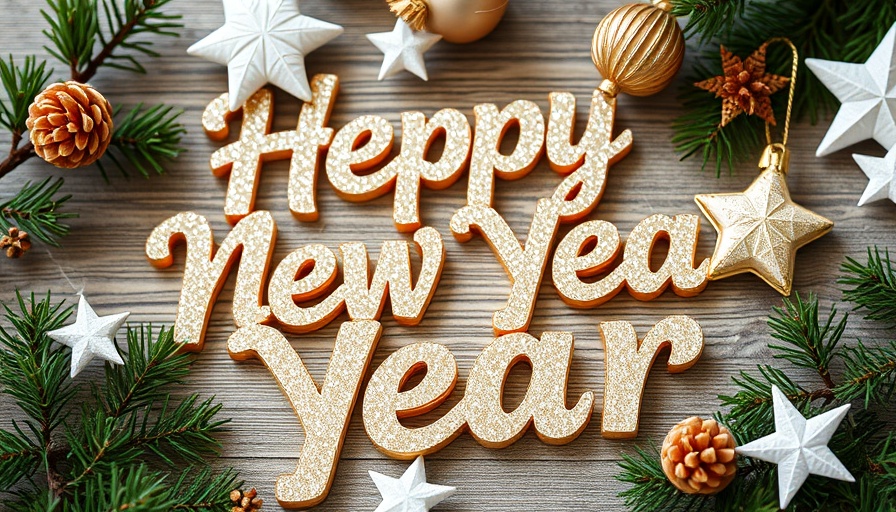
The Origins of New Year Celebrations: A Look Back in Time
As families gather and fireworks light up the sky, it's worth pondering how the tradition of New Year celebrations began. The fascinating roots trace back over 4,000 years to ancient Mesopotamia. Specifically, the Babylonians are credited with kicking off recorded New Year’s festivities around 2000 BCE, though their year started around the spring equinox in mid-March. This period symbolized renewal and was marked by a grand 11-day festival, Akitu, honoring the god Marduk and celebrating agricultural rebirth. Themes of fresh starts and balance were as important then as they are in today's global celebrations.
Symbolic Traditions Around the World
Today, different cultures maintain diverse traditions that echo the sentiment of leaving the old year behind. For instance, in Spain, it's a tradition to eat 12 grapes at midnight—one for each clock chime, believed to bring good fortune for each month of the coming year. Meanwhile, in Denmark, people break plates on friends' doorsteps to ward off bad energy. Scotland's Hogmanay festival introduces the 'first-footing' tradition, where a dark-haired visitor brings gifts like coal and bread, symbolizing warmth and prosperity. These unique practices reflect global diversity in how people embrace the New Year.
Fireworks and Noise: A Historical Perspective
The spectacular displays of fireworks on New Year's Eve have deeper significance than just celebration. Historically, noise and fireworks were used to ward off evil spirits, a practice that originated in ancient China. As the tradition evolved, these noisy celebrations became synonymous with ushering in the New Year—a joyous expression of welcoming the future with open arms.
 Add Row
Add Row  Add
Add 



Write A Comment